As you well know (if you’ve been following this blog) caterpillars tend to show up more frequently from late summer into fall. It’s not so much that there are more of them, but that the larger species are maturing, their frass more visible on the ground beneath the trees and shrubs that they’re feeding on, and many of them are hustling across the paths on their way to finding a safe place to pupate over the coming winter.
Here’s a few of the most recently observed species, along with a few other members of different phylums, orders, or families of the animal kingdom.
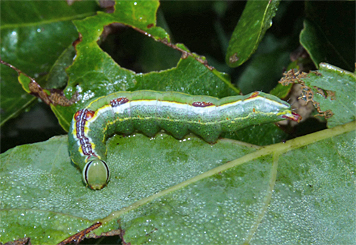
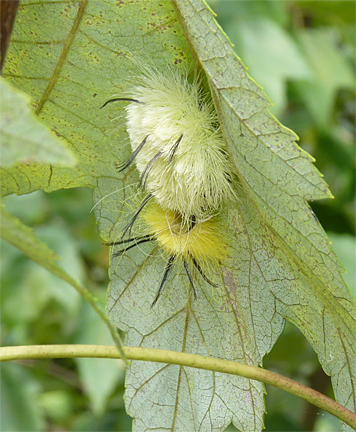
And, brought in from home by Uli, Director of the Butterfly House…
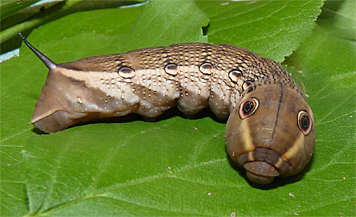
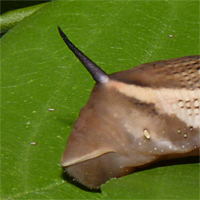
A sphinx moth larva can be recognized by the “horn” on the eighth abdominal segment of the body (near the rear). Some have only a small nub, but most of this group of large caterpillars have a prominent spike.
The moth that this large caterpillar will become is quite elegant, have a look.
Dragonfly numbers have decreased in the past few weeks. Common Whitetail, Eastern Amberwing, Blue Dasher, and Great Blue Skimmer are the most often seen local dragons, along with a few apparently migrant Black Saddlebags and Common Green Darners. Orange Bluets, Fragile Forktails, and what looks to be Familiar Bluets are the damselfly lingerers.
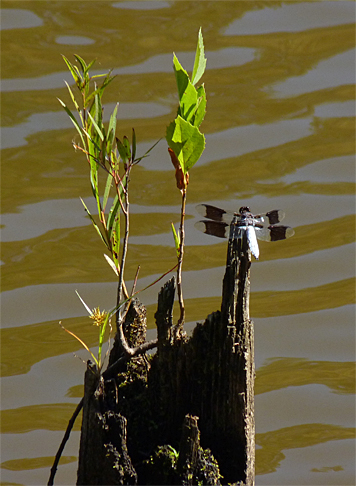
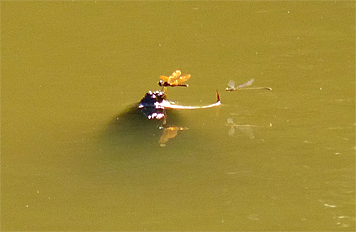
And finally, a bird.
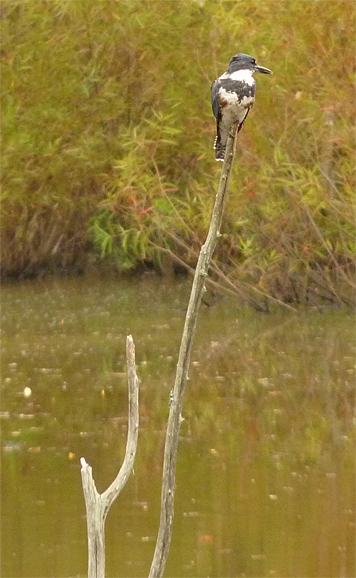
And that’s just some of early September’s goings on, out-of-doors at the Museum.